In 2013, the Honduran government granted BG Group oil and gas exploration rights in a 35,000 square kilometer block off the Caribbean Coast of the Moskitia. Miskitu and Garifuna community leaders, in the absence of organized support from environmental NGOs and scientists, are speaking out to defend their territories from oil and gas activity.
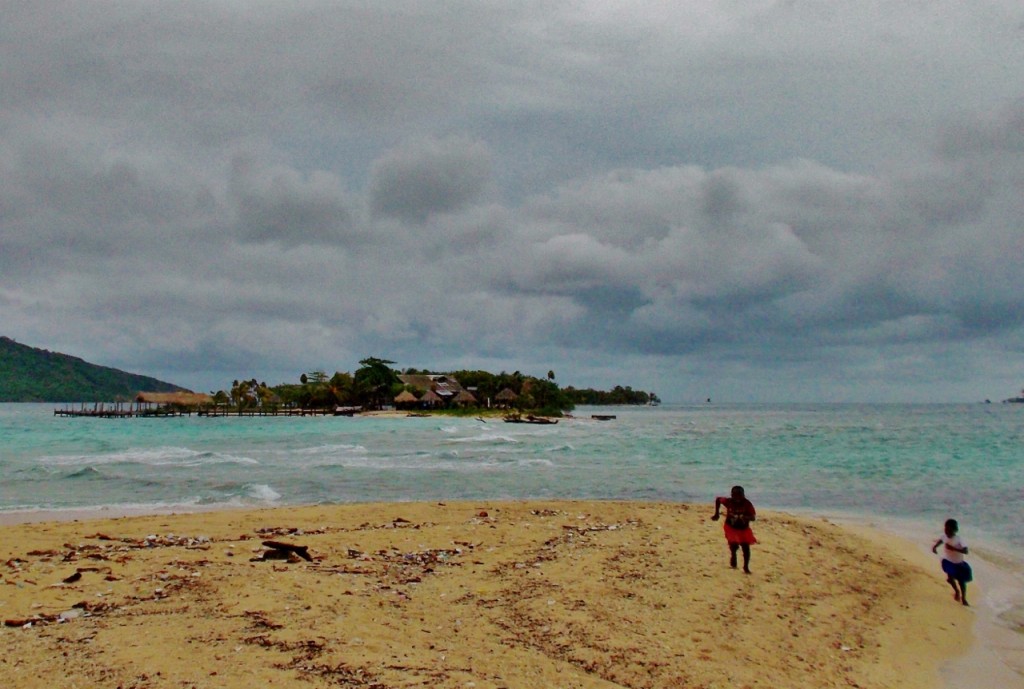

Drilling the Caribbean: Indigenous communities speak out against oil and gas exploration in Honduras
By Sandra Cuffe, Published in the Beacon Reader
Inez Eduardo Arzú finds a patch of shade and sits next to the wall a small wooden home in the coral reef cay community of Chachahuate. The clear, turquoise Caribbean waters surrounding the archipelago sparkle in the midday sun. The Afro-Indigenous Garifuna residents of the Cayos Cochinos off the coast of Honduras and their mainland sister communities have fought long and hard for their rights to live and fish in the cays.
Arzú is worried. He and other local subsistence fishermen have heard about the devastating impacts of the 2010 BP oil spill on the environment and fisheries in the Gulf of Mexico. Offshore oil and gas exploration is underway in Honduran waters, but no one consulted the Garifuna communities in the cays or others spread out along the Caribbean coast.
“No one has approached to consult us about oil,” says Arzú. Now 50, he has lived in Chachahuate since he was 12 years old. He’s concerned about the impact offshore industrial activity could have on the sea and its fish, and he’s not the only one.
STORY: Model Cities: Neo-Colonialists Seek Submissive Wild For Capitalist Utopia
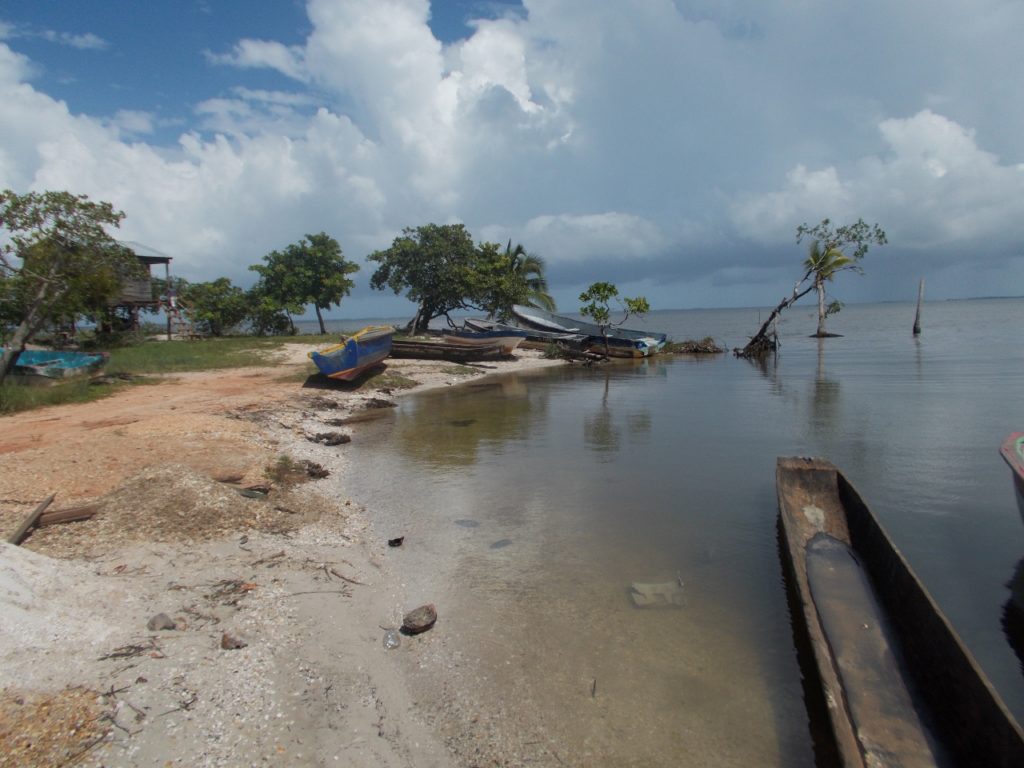

Multinationals Granted Rights to Indigenous Resources
Indigenous Miskitu and Garifuna communities are speaking out to defend their territories from oil and gas activity. Honduras signed a contract with BG Group in April 2013, granting the British multinational rights for the exploration of oil and gas in a 35,000 square kilometer block off the coast of the Moskitia, a remote area primarily inhabited by Miskitu, Tawahka, Garifuna and Pech indigenous peoples.
The contract was presented to Miskitu communities six months after it was signed, but the so-called consultations were not without incident. Many residents denounced that the process billed as consultation was merely socialization of the contract after the fact. In the community of Barra Patuca, more than two hundred local residents walked out of a session to protest the process, maintaining their opposition to any and all oil and gas activity in the region.
Edgardo Nelson Escoto speaks about his community with pride. Located at the mouth of the Patuca River, the second longest river in Central America, Barra Patuca is one of the largest communities in the Moskitia. The vast majority of its several thousand inhabitants are Miskitu. The community has a policy of not selling lands to outsiders, says Escoto, a member of the Barra Patuca community council. Some communities further inland in the Moskitia are in favor of oil and gas activity, but in Barra Patuca, there is fierce community opposition.
“On the coast, we are opposed because the problem will most impact those of us living closest to the sea,” says Escoto. “In Barra Patuca, the majority of the people don’t want it.”
Escoto was out fishing in cays off the coast of the Moskitia for a few months when a community assembly was held in the fall of 2013 to discuss the BG Group contract. But there was opposition nearly across the board. “The people of Barra Patuca didn’t want it. The teachers, the church priests and pastors, almost everybody – they were against it,” says Escoto.
BG Group’s current exploration activities aren’t the first time oil companies have taken a crack at Honduras. Concessions have been issued for nearly one hundred years, and the first well was drilled in 1920, but there has never been any significant production. Offshore drilling off the coast of the Moskitia yielded several barrels in a 1973 well drilled by Union Oil. Shell and Mobil also drilled in the area. The most recent wells were drilled in the Moskitia in the early 1990s by True Cambria Oil. The Honduran government has sought to promote oil and gas activity during several recent administrations, and has contracted exploration projects as recently as 2008, during the presidency of Manuel Zelaya, which was cut short by a June 2009 coup d’état.
Escoto remembers the last time onshore oil exploration activities were carried out near Barra Patuca. The seismic lines went right through community lands, close to where he farms rice and tilapia.
“They came through that whole area, up and down all over Barra Patuca, doing tests. From there they went to the Ahuas area, where they were based,” says Escoto. “The gringos were there [in the Ahuas area]. In Patuca, they just came through with their workers and laid cable all over the mountains, all through the plains, and all through the marshes, testing the land with dynamite.”
STORY: Blessing for La Moskitia, A Culture and Land in Transition
Militarization of La Moskitia
Along with oil and gas interests, the Moskitia is home to increasing militarization by Honduran and US forces. In September 2014, Miskitu communities and organizations denounced a slew of abuses and human rights violations by security forces, ranging from illegal raids and death threats to torture and threats of sexual violence. A Southern Command forward operating base is located in Mocorón, a site previously used by the US to support the CIA-trained Contra forces in their attempts to overthrow the Sandinista government in neighboring Nicaragua in the 1980s.
In May 2012, four Indigenous civilians were killed and several more wounded when a drug war operation agents opened fire on a passenger boat near Ahuas. DEA agents advised the raid, the Honduran police officers involved were vetted by the DEA, and the helicopters used belonged to the US State Department. Escoto’s son, 22 years old at the time, was one of the passengers on the Patuca River that night. He was shot in the back and arm, but survived. Now disabled, he struggles to provide for his young children.
Remnants of past oil and gas exploration have been left behind in the area, says Escoto. “They took their machinery out by boat, but the tubing, scraps of metal, that kind of thing, were left strewn on the ground,” he says. “As far as Barra Patuca goes, we don’t want any of these kinds of projects.”

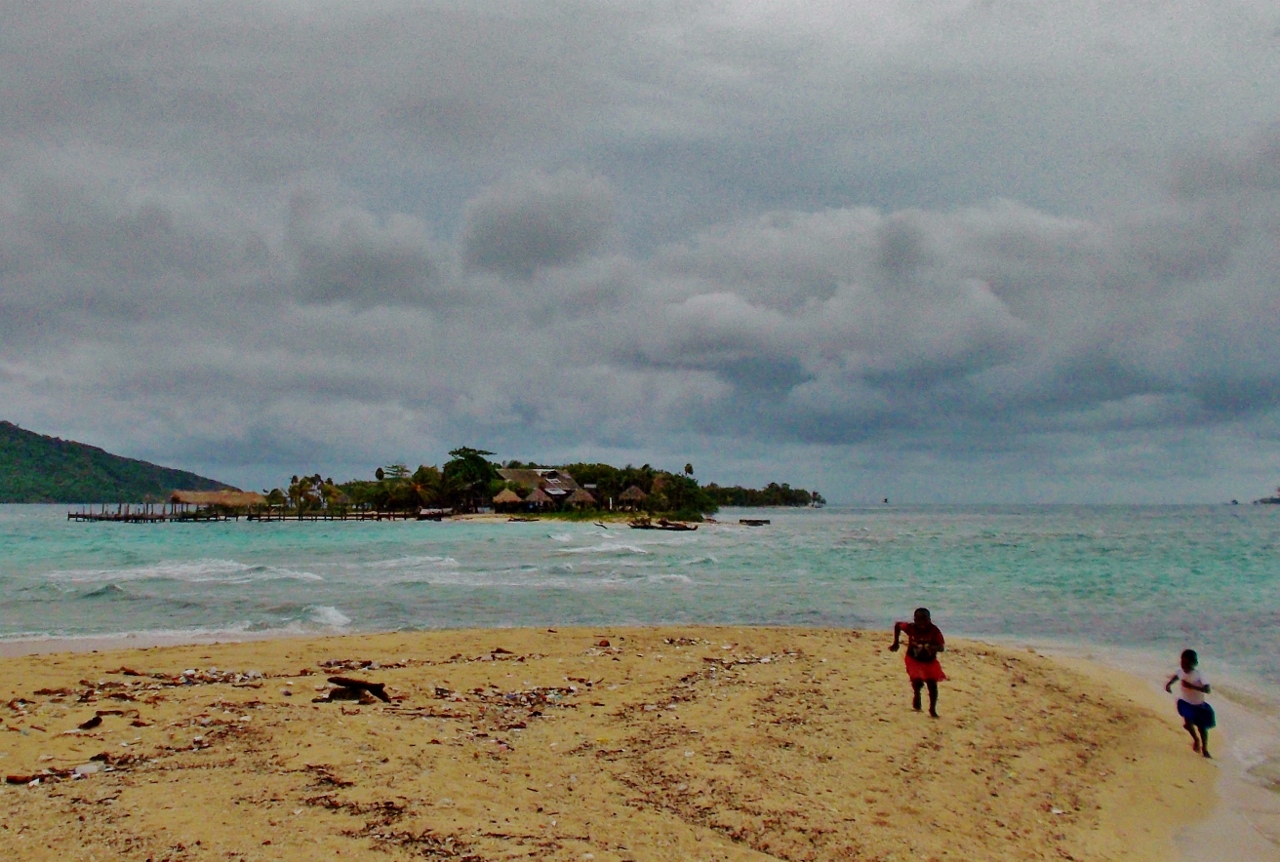


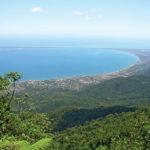
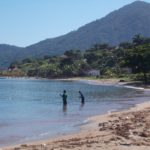

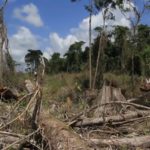






Pingback: Free Trade Cities in Honduras: A Dangerous Experiment | WilderUtopia.com
Pingback: Berta Cáceres: Rebel Guardian Of The Rivers | WilderUtopia.com
Pingback: Garifuna People Face Tourism Repression in Honduras | WilderUtopia.com